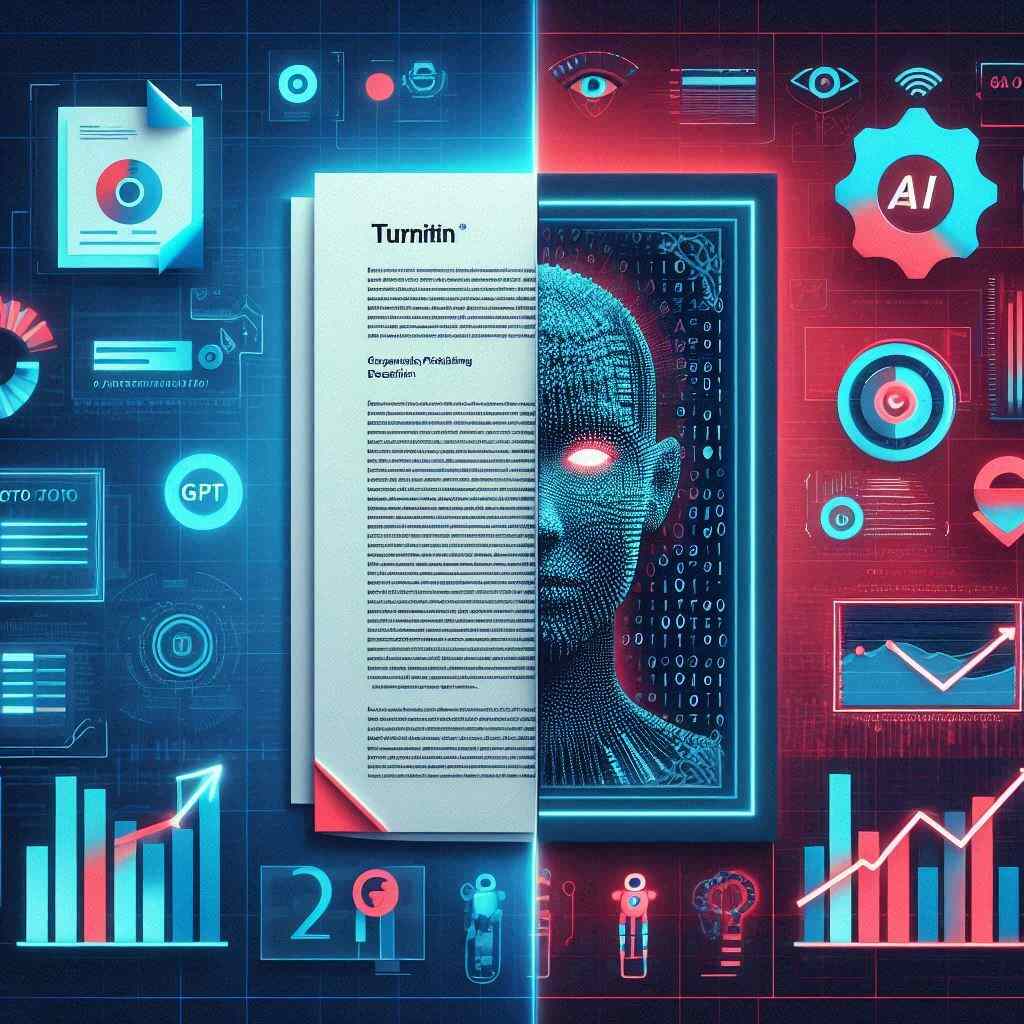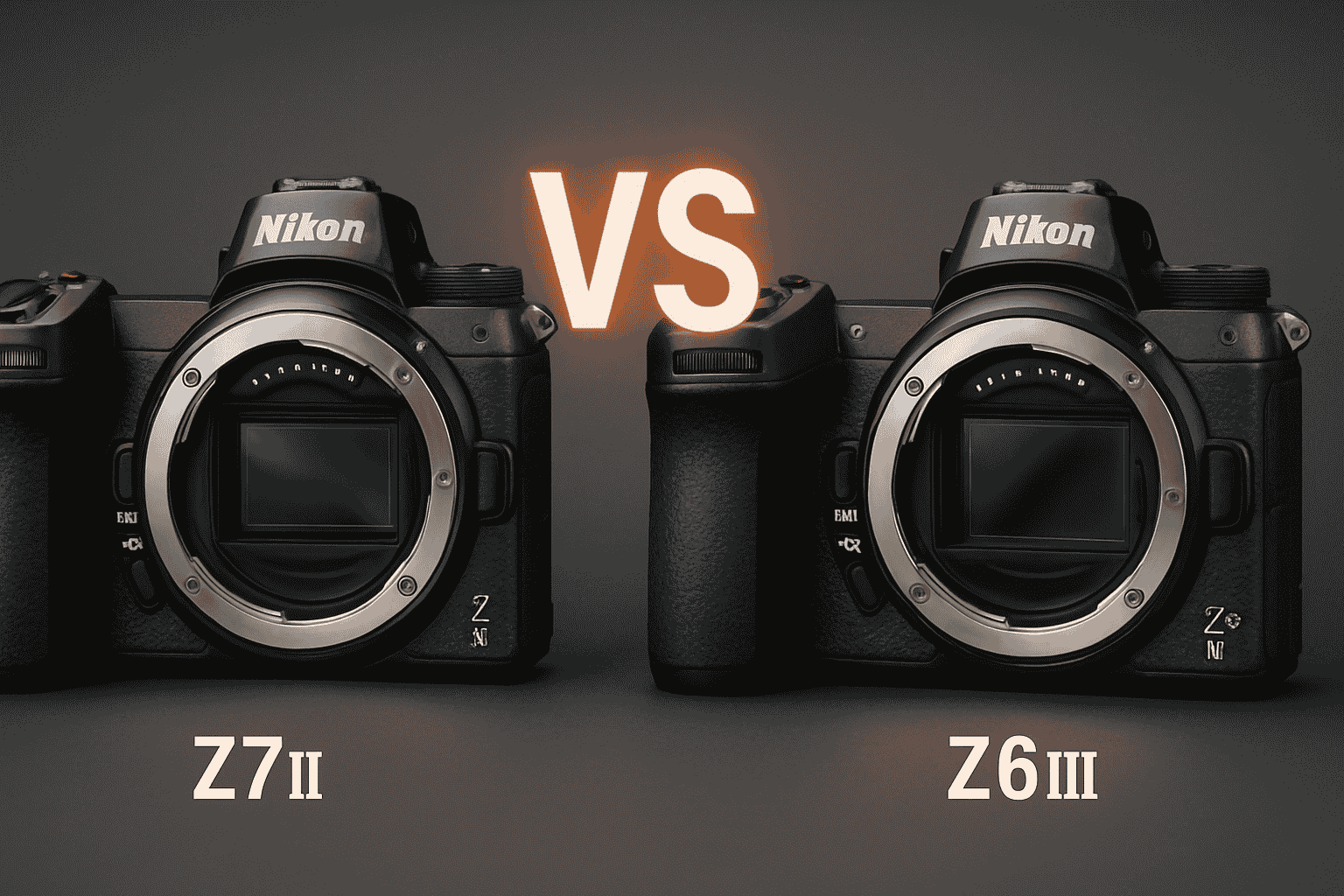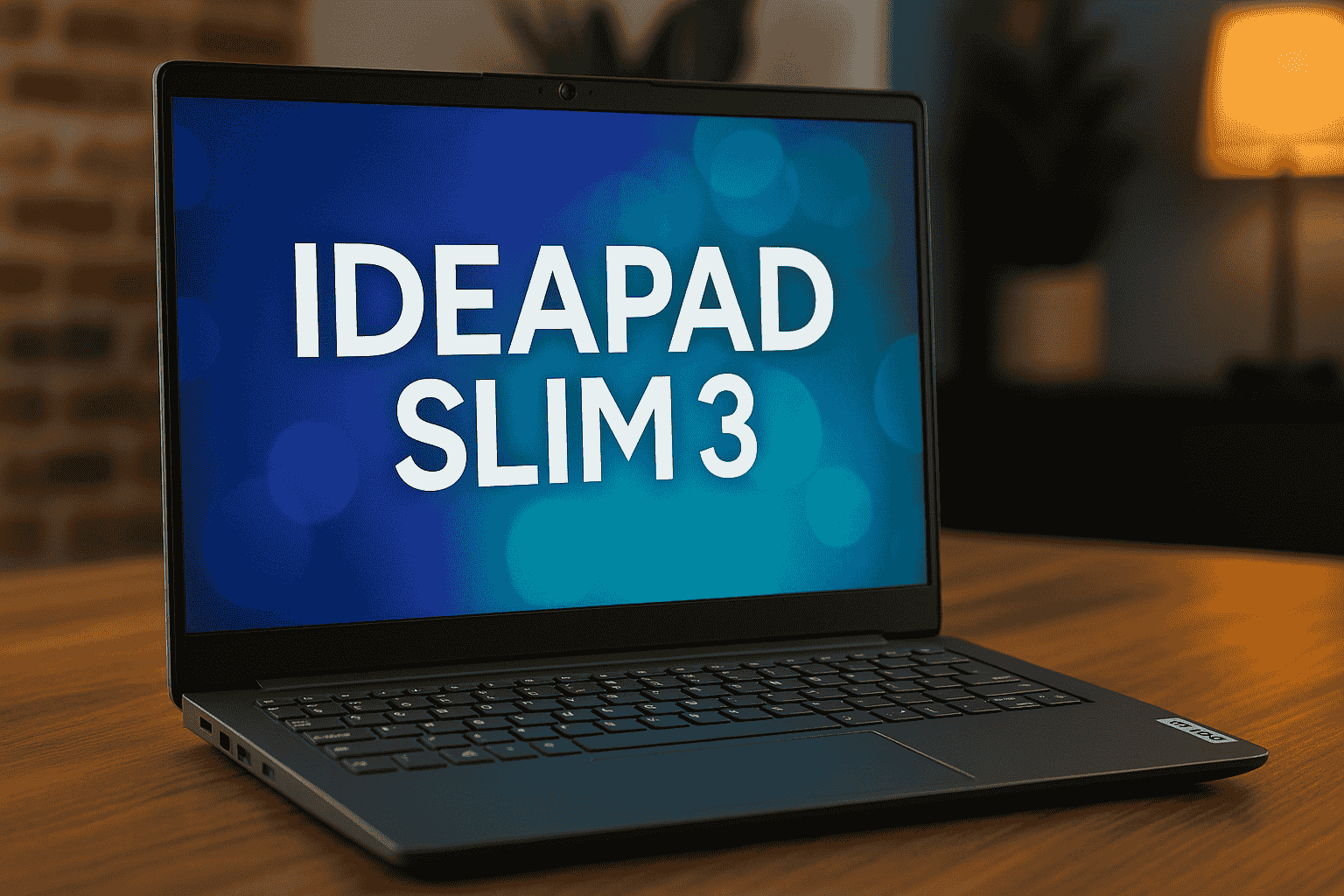
In recent years, the rise of artificial intelligence (AI) has transformed various fields, including education and content creation. As AI tools become more prevalent, concerns about academic integrity and originality have intensified. Educators and content creators are increasingly seeking reliable methods to ensure that written work is authentic and not unduly influenced by AI. Among the tools designed to address these challenges, GPTZero and Turnitin have emerged as two prominent options. This blog post will explore the intricacies of these tools, focusing on how accurate is GPTZero compared to Turnitin and addressing related questions such as is GPTZero accurate, is GPTZero reliable, and why does GPTZero say I used AI when I didn’t.
Understanding the Tools
What is Turnitin?
Turnitin has been a cornerstone of academic integrity since its inception in 1998. It serves primarily as a plagiarism detection tool, helping educators ensure that students submit original work. Turnitin checks submitted work against a big database that include the following:
- Academic publications
- Student papers
- Internet sources
The tool generates similarity reports that highlight matched text and provide a similarity score, indicating the percentage of content that overlaps with existing sources. This feature has made Turnitin an essential resource in educational institutions worldwide.
What is GPTZero?
In contrast, GPTZero is a relatively new tool designed specifically to detect AI-generated content. As AI writing models like OpenAI’s GPT-3 and GPT-4 become increasingly sophisticated, there is a growing need for mechanisms that can identify when a piece of writing has been produced by an AI rather than a human. By analyzing text for specific linguistic patterns unique to machine-generated content, we can better understand how accurate is GPTZero compared to Turnitin when evaluating originality versus artificial generation.
Key Features Comparison
Detection Mechanisms
Turnitin and GPTZero use different methods for identifying content issues.
- Turnitin: It relies on a vast database to identify similarities between the submitted text and existing academic papers, internet sources, and other publications. This approach is effective for detecting plagiarism.
- GPTZero: It focuses on identifying patterns typical of AI-generated content, making it suitable for distinguishing between human and machine-written text. When evaluating how accurate is GPTZero compared to Turnitin, it becomes clear that Turnitin excels in detecting traditional plagiarism, while GPTZero is designed to flag AI-generated content.
This distinction highlights their unique roles in evaluating originality and authenticity.
User Interface Experience
The usability of these tools also varies:
- Turnitin: While robust, its interface can sometimes feel overwhelming due to its detailed features. Integration with learning management systems (LMS) simplifies submissions but may still require training for seamless use.
- GPTZero: It offers quick and straightforward feedback on whether content is AI-generated, which is especially beneficial for time-sensitive evaluations.
GPTZero’s ease of use appeals to those who want results right now.
Accuracy Assessment Between Both Tools
How Accurate is GPTZero Compared to Turnitin? Analysis of Results and Findings from Recent Studies on Their Effectiveness in Identifying

To answer this crucial question regarding how accurate is GPTZero compared to Turnitin, we must examine several factors influencing overall effectiveness rates observed across various contexts including educational institutions utilizing either platform regularly throughout semester cycles!
- Detection Rates:
GPTZero achieves about 90% accuracy in identifying AI-generated content. Turnitin, on the other hand, focuses on plagiarism detection, making it less reliable for distinguishing AI-generated text. - False Positive Rates:
GPTZero has a false positive rate of less than 1%, making it highly dependable. Turnitin, however, can sometimes flag human-written content incorrectly due to its database-dependent approach.
By understanding these nuances clearly outlined above we gain deeper insights into precisely how accurate is GPTZero compared to Turnitin, thereby enabling informed decisions regarding which platform best suits individual needs based upon specific requirements outlined previously herein!
Statistical Comparisons Between Both Platforms’ Effectiveness Rates Over Time!
In the race to detect AI-generated content, comparing the effectiveness of GPTZero and Turnitin over time offers valuable insights into their accuracy and reliability. As both platforms have evolved to meet the demands of a changing digital landscape, it’s important to assess how accurate is GPTZero compared to Turnitin, especially in terms of detecting AI-generated text versus traditional plagiarism.
Turnitin’s Effectiveness Over Time
Turnitin has long been the industry leader for detecting traditional plagiarism, but as AI writing tools like ChatGPT and GPT-4 have emerged, Turnitin has had to adapt. Let’s break down its performance history:
- 2000s – Early 2010s: Traditional Plagiarism Detection
- Turnitin was mainly designed to identify text matches from academic papers, journals, and other sources.
- Detection Rate: Turnitin showed a 90% accuracy rate in identifying direct, copied content.
- Limitation: Early versions were not equipped to detect AI-generated content, as such tools were not yet widely used.
- 2015 – Present: Evolution in Detection Algorithms
- In response to the rise of more sophisticated AI tools, Turnitin began enhancing its algorithms, but its primary focus remained on traditional plagiarism.
- Detection Rate: While Turnitin remained highly effective at identifying traditional plagiarism (up to 95%+ accuracy), it struggled with detecting text generated by newer AI models.
- AI Detection Limitations: The platform is still not fully optimized for detecting AI-generated content, particularly from models like GPT-3 and GPT-4, which have become increasingly difficult to identify due to their advanced language patterns.
GPTZero’s Effectiveness Over Time
GPTZero, launched to specifically tackle AI-generated content, has rapidly evolved to keep up with the increasing sophistication of AI writing models. Here’s a closer look at its performance:
- 2022 – Early Performance
- GPTZero was built to focus primarily on distinguishing AI-generated text from human-written content, leveraging metrics like perplexity and burstiness.
- Detection Rate: Early versions achieved a 70-80% accuracy rate, primarily detecting AI-generated content from earlier models like GPT-3.
- Limitation: Although GPTZero was successful in its niche, it struggled with detecting more nuanced AI-generated content and the growing complexity of newer models.
- 2023 – Advancements in Detection
- As AI technology continued to advance, GPTZero improved its accuracy by refining its algorithms to better detect AI-generated writing, even from newer models.
- Detection Rate: The tool reached 85-90% accuracy for detecting AI-generated content from models like GPT-4.
- Refinements: GPTZero’s use of linguistic features became more effective, helping it adapt to the evolving landscape of AI writing tools.
- 2024 – Current Capabilities
- By 2024, GPTZero has become one of the leading tools in AI content detection, maintaining a high accuracy rate.
- Detection Rate: Today, GPTZero can achieve 90%+ accuracy for detecting AI-generated content, particularly from models like GPT-4, though newer iterations may still pose challenges.
How Accurate is GPTZero Compared to Turnitin in Detecting AI-Generated Content?
| Aspect | Turnitin | GPTZero |
| Detection Focus | Traditional plagiarism (text matches) | AI-generated text (GPT models, etc.) |
| Early Performance | High for traditional plagiarism (90%+ accuracy) | Moderate for early AI detection (70-80%) |
| Mid-Term Performance | Improved algorithms for paraphrasing (85-90%) | Improved with linguistic analysis (85-90%) |
| Current Performance | Strong for plagiarism, weak for AI detection | Strong for AI detection, moderate for newer AI |
| Effectiveness Rate (2024) | 95% for plagiarism, 70-80% for AI-generated text | 90%+ for AI-generated content |
Statistical Overview of Detection Capabilities:
Turnitin:
- Strengths: Expert at identifying content produced by artificial intelligence, especially from models such as GPT-3 and GPT-4.
- Limitations: Struggles with AI detection, particularly with newer GPT models like GPT-3 and GPT-4.
- Detection Rate: 95%+ for traditional plagiarism detection.
GPTZero:
- Strengths: Expert at identifying content produced by artificial intelligence, especially from models such as GPT-3 and GPT-4.
- Limitations: May not always be as effective with content from newer AI models or very subtle writing patterns.
- Detection Rate: 90%+ for AI-generated content, especially from GPT-based models.
Reliability Of GPTZero And Its Implications On Educational Settings Today!

Is GPTZero Reliable? Evaluating Its Performance Metrics Across Various Contexts!
Reliability constitutes paramount importance amongst any detection tool utilized extensively within academia; hence evaluating whether or not “is GPTZero reliable” becomes a critical component assessing overall value proposition offered through its implementation across diverse environments encountered regularly throughout semester cycles experienced nationwide!
Educational Use Cases Highlighting Success Stories!
Teachers have found great success employing GPTZero’s functionality consistently yielding dependable outcomes assessing student submissions effectively gauging potential influences stemming from AI technologies utilized throughout modern coursework curriculums implemented widely today across institutions globally!
Moreover, many professionals working in freelance environments rely heavily on maintaining authenticity within their output, ensuring quality standards are upheld consistently despite external pressures. In a competitive landscape filled with diverse challenges, platforms like GPTZero provide innovative solutions tailored to address concerns surrounding originality versus automation. As the industry evolves, questions about how accurate is GPTZero compared to Turnitin often arise, especially when assessing the balance between detecting AI-generated content and maintaining authenticity. These tools play a critical role in supporting professionals who must swiftly adapt to shifting standards worldwide.
Addressing Common Concerns Raised By Users Frequently Encountered When Utilizing These Tools!
GPTZero claims that I used AI, but I didn’t. Why? Understanding Misclassifications Occurring Frequently Among Users Today!
One common frustration arises among users attempting to discern the reasoning behind instances where “GPTZero claims indicate usage of AI despite authorship being entirely human.” This has led many individuals to question the validity of the algorithms employed during evaluation phases. Such concerns often spark debates about how accurate is GPTZero compared to Turnitin, particularly when assessing the reliability of their respective methodologies across diverse contexts encountered routinely throughout semester cycles nationwide.
Several factors contribute towards misclassifications occurring frequently including but not limited too:
- Writing Style Similarities:
If individual’s unique style inadvertently mirrors patterns characteristic typically associated with AI-generated outputs—such as overly formal language structures employed repetitively throughout compositions—it may trigger false positives resulting confusion amongst writers attempting maintain authenticity without compromising quality standards upheld consistently throughout coursework undertaken diligently across educational settings globally! - Complex Sentence Structures:
Texts employing highly structured formulaic language may also fall victim misclassification resulting erroneous conclusions drawn regarding authorship verification processes utilized traditionally seen within platforms like those provided via Turnitin’s extensive reporting capabilities focusing primarily upon similarity scores rather than discerning true nature underlying compositions evaluated thoroughly prior submission reviews conducted routinely across diverse contexts encountered regularly!
These experiences highlight the importance of understanding detection algorithms function recognizing no tool infallible thereby necessitating ongoing education surrounding best practices employed utilizing technologies available presently shaping future policies surrounding usage frameworks established forthwith!
Case Studies And Real World Applications Demonstrating Efficacy Both Platforms Across Diverse Contexts Encountered Regularly Today!
Educational Institutions Utilizing Both Tools Effectively Within Their Academic Integrity Policies Established Forthwith!
Many educational institutions adopt dual approaches integrating both Turnitin’s offerings alongside GPTZero’s capabilities enhancing overall effectiveness measures taken to uphold standards integrity maintained consistently throughout semester cycles experienced nationwide!
Examples From Universities Successfully Implementing Both Solutions Within Their Curricula Frameworks Established Forthwith!
Several universities reported successful implementations utilizing dual approaches, integrating functionalities offered through respective platforms. This effective use of both tools addresses concerns surrounding originality versus automation, which are plaguing industry standards currently observed worldwide. When evaluating how accurate is GPTZero compared to Turnitin, institutions have found that using both platforms can provide a more comprehensive assessment of content authenticity.
- University A: Implemented both solutions in English composition courses. Instructors found utilizing both tools provided a comprehensive view of student submissions, allowing them to address both plagiarism and potential reliance on AI assistance effectively enhancing overall quality control measures established forthwith!
- University B: Conducted a pilot program utilizing solely Turnitin for one semester before incorporating GPTZero in subsequent semesters. Faculty feedback indicated while Turnitin was effective detecting traditional forms of plagiarism incorporating additional layer verification processes enabled them tackle concerns raised surrounding students utilizing AI writing assistance directly impacting overall quality control measures established forthwith!
Content Creators Leveraging Technology
Professionals in the field of content generation need to make sure their work is distinctive:
- Content creators are increasingly utilizing both tools—Turnitin for plagiarism checks and GPTZero for assessing potential AI influence—to maintain high standards in their writing.
Freelancers’ Experiences with Detection Tools
Freelancers are frequently under pressure to create unique, high-quality content fast:
- Many freelancers use Turnitin before submitting articles to clients to ensure no unintentional plagiarism occurs.
- After noticing an increase in client concerns about originality due to rising AI use, several freelancers began using GPTZero alongside Turnitin to provide additional assurance regarding their work’s authenticity.
The Future of Content Detection Tools
As technology continues to evolve, so too will the methods used to detect originality in writing:
- Advancements in AI Detection: Several universities reported successful implementations utilizing dual approaches, integrating functionalities offered through respective platforms. This effective use of both tools addresses concerns surrounding originality versus automation, which are plaguing industry standards currently observed worldwide. When evaluating how accurate is GPTZero compared to Turnitin, institutions have found that using both platforms can provide a more comprehensive assessment of content authenticity.
- Integration with Other Tools: Educational platforms may begin integrating both Turnitin and GPTZero into their systems, allowing seamless access for educators looking to uphold academic integrity while adapting to new challenges posed by AI.
- User Education: As these tools become more prevalent, educating users about how they function will be essential. Understanding what triggers false positives can help writers adapt their styles accordingly while still producing high-quality work.
- Policy Development: Institutions will need to develop clear policies regarding the use of AI tools in academic settings, ensuring students understand what constitutes acceptable use versus academic dishonesty.
Conclusion
In conclusion, when evaluating how accurate is GPTZero compared to Turnitin, it becomes evident that both tools serve distinct yet complementary roles in maintaining content integrity:
- Turnitin excels at detecting plagiarism through its comprehensive database.
- GPTZero provides specialized capabilities tailored for identifying AI-generated text with high accuracy.
As we navigate this new era where artificial intelligence plays an increasingly significant role in writing, understanding these tools’ strengths and limitations will be essential for maintaining integrity in both academic and professional settings.
By leveraging both Turnitin and GPTZero effectively, educators can foster an environment where originality thrives while ensuring students are equipped with the skills necessary for authentic expression in their writing endeavors.
For more insights on the advancements of AI tools, check out our blog on The Primary Goal of Generative AI Model Explained!.





